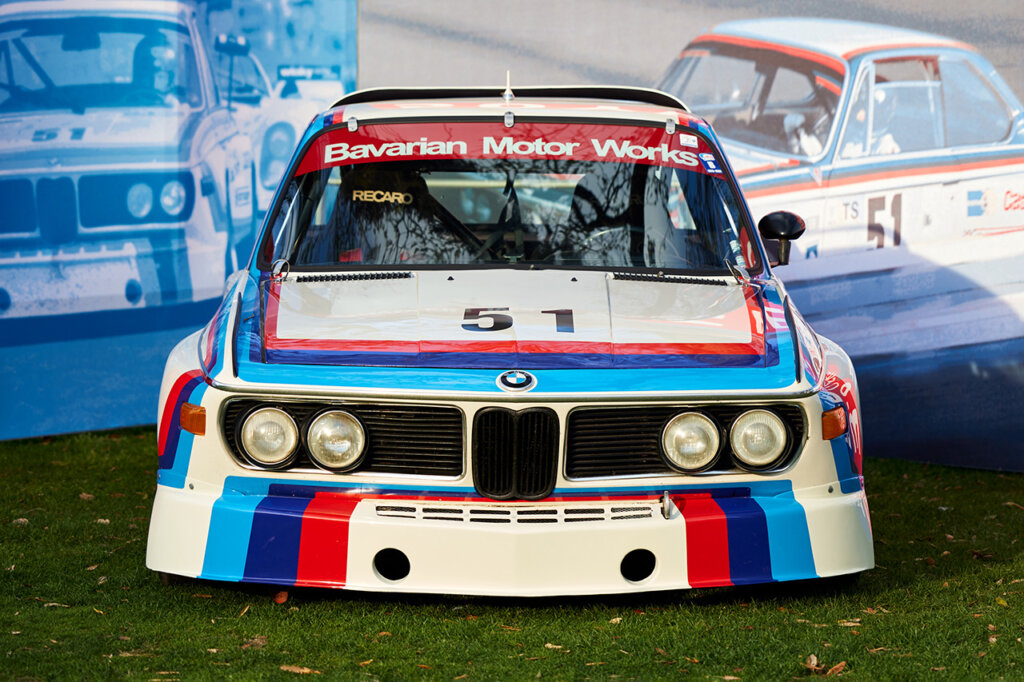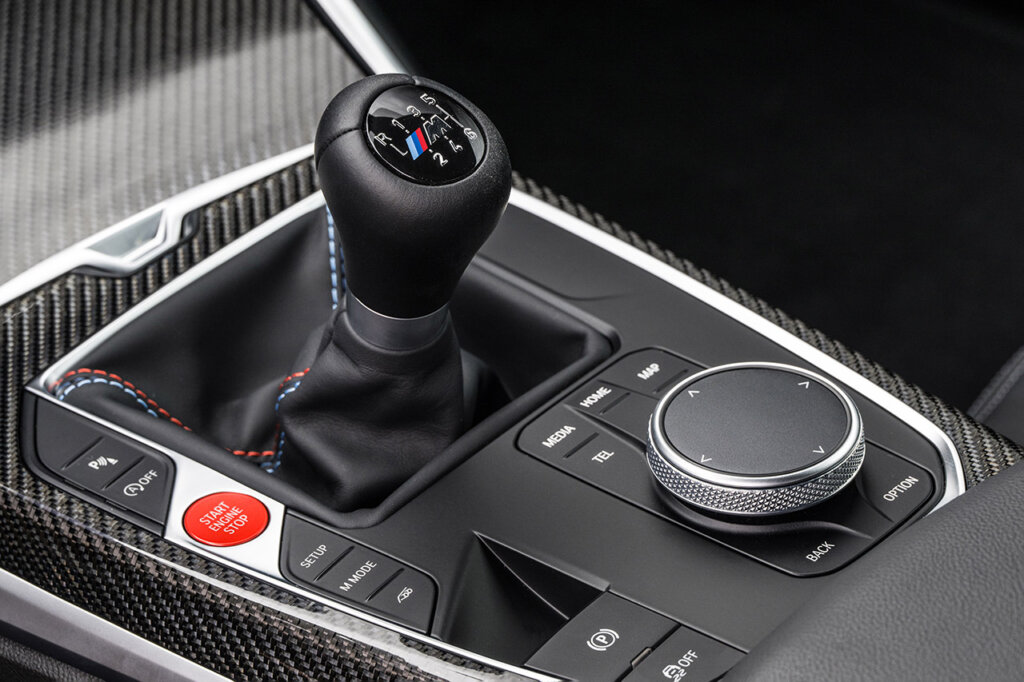The BMW Motorsport division, popularly known as “BMW M,” has a long and illustrious history in the world of motorsports. Since its inception in the 1960s, the BMW M division has been responsible for designing and developing some of the most iconic and successful racing cars in the world. This article takes a look at the history of the BMW M racing program, from its early days in the 1960s to the present day, and how it has evolved into the iconic trim that it is today.

The Birth of the BMW M Brand
In 1972, BMW Motorsport GmbH was rebranded as BMW Motorsport GmbH, and the iconic BMW M logo was born. The “M” stands for “Motorsport,” and the new brand was designed to represent BMW’s commitment to racing and high-performance driving.


Source: BMW
With the launch of the BMW M brand, the company’s racing program began to gain momentum. BMW started to invest heavily in the development of high-performance racing cars, and the success soon followed. In 1973, BMW won the European Touring Car Championship for the second time, and they won a class victory at the 24 Hours of Le Mans with the BMW 3.0 CSL.
The Golden Age of BMW M Racing
The 1980s and 1990s were the golden age of BMW M racing. During this period, BMW enjoyed unprecedented success on the racetrack, winning multiple championships and establishing itself as one of the dominant forces in motorsports.

Source: BMW
One of the key drivers behind BMW’s success during this period was the development of the BMW M3. The M3 was first introduced in 1986 and quickly became one of the most successful racing cars of all time. The car was designed specifically for racing, with a high-revving engine, lightweight body, and advanced suspension system.

The M3 enjoyed great success in touring car racing, winning multiple championships in Europe and North America. The car was also successful in endurance racing, winning the 24 Hours of Nurburgring in 1989 and 1990.

Source: BMW

In recent years, the BMW M racing program has shifted its focus towards endurance racing. The company has been competing in the FIA World Endurance Championship since 2018 with the BMW M8 GTE. The car was designed specifically for endurance racing and has been highly competitive, scoring podium finishes in its debut season.
BMW’s M trim has become an iconic symbol of high-performance driving and engineering excellence. The M trim is characterized by its powerful engines, advanced suspension systems, and aerodynamic designs, all of which are designed to deliver an exhilarating driving experience. The M trim is available across a range of BMW models, from the compact M2 to the high-performance M8.


Source: BMW
One of the key features of the M trim is its engine. The M trim models are powered by highly-tuned engines that deliver exceptional performance and speed. These engines are designed to be responsive, with power available throughout the rev range. In addition, the M trim also features advanced suspension systems that are designed to provide exceptional handling and stability, even at high speeds.

Source: BMW
Another hallmark of the M trim is its aerodynamic design. The M trim models feature aggressive front fascias, side skirts, and rear diffusers that are designed to reduce drag and increase downforce. This not only improves the car’s overall performance but also gives it a distinct and aggressive look that is instantly recognizable as a BMW M model.


The evolution of BMW M racing division into a trim is a testament to the company’s commitment to motorsports and high-performance driving. Over the years, BMW has invested heavily in the development of racing cars that are not only highly competitive but also reflect the brand’s core values of innovation and sustainability. From the early days of the European Touring Car Championship to the modern era of endurance and GT racing, BMW M has established itself as one of the most iconic and successful racing programs in the world. Today, the BMW M trim is recognized around the globe as a symbol of high-performance driving, and its legacy continues to inspire and drive innovation in the world of motorsports.











